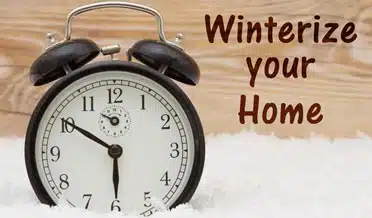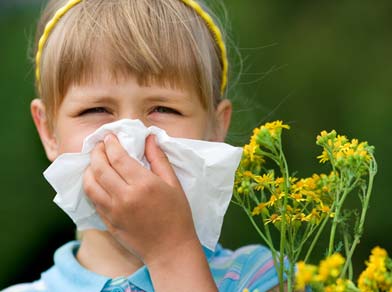Prep Your HVAC System for Winter in Six Easy Steps
The tough part of winter is now upon us. Fall gives us a sense of “easing” into cooler weather, but for the next few months, we expect temps to drop to their lowest all year long. However, the difference between outdoor cold and indoor warmth allows you to investigate potential problems and find solutions to make your home more comfortable. Take a casual walk around the “castle grounds” and discover ways to make changes for the better.
- Bend down and check your HVAC System air filter. Can you remember the last time you changed it? An air filter so coated with dust that it restricts airflow hinders HVAC System function in the summer and winter. Reduced airflow will result in a colder home in the winter and a warmer home in the summer. Clogged air filters created tremendous stress on the entire system.
Solution: change the air filter and develop a prompt to remind you to change the filter every three months.
- Check your thermostat view panel. Unless you have an old, analog thermostat, this switch operates on battery power and, just like alarm clocks and smoke detectors, the batteries will need to be changed annually to prevent thermostat failure. According to Murphy’s Law, that thermostat will die at the most inopportune time—during the middle of a rare snowstorm when the junk drawer battery supplies have run dry.
Solution: your thermostat may have a “low battery” indicator; if so, change the battery now. Then, add the thermostat to the list of other batteries you change annually.
- Check your records to determine the last time a professional serviced your HVAC system. Even when the entire system functions perfectly, the heating and ventilation processes create problems that work to bring the system to a standstill. The byproducts of burning natural gas produce water and soot—both work against the system for proper functioning. The electrical components wear with use, just like every other electrical device you use. Airborne particles get trapped and reduce efficiency along every process step.
Solution: schedule a maintenance visit and create a prompt to remind you each year.
- Use your hand and feel for drafts around windows and doors. Glass is a poor insulator and a great conductor of heat, so expect the glass to absorb heat from the room and feel cold. Drafts are different: cold air coming around windowpanes or frames happens because of openings in the building envelope. These openings tend to be very small and a minor concern individually. However, combining the sum of the openings around the home can be the equivalent of an open window.
Solution: caulk and weatherstripping are very inexpensive solutions to fill the gaps and close the “opening” in your building envelope.
- Use this same principle and, with your hand, discover any leaks along exposed ductwork. Most ducts will be covered up, but any leak allows warm air to escape directly outdoors. In this case, every minor gap is a problem since conditioned air is under pressure as it travels through the network of ducts.
- Poke your head into the attic. It’s probably been a while since you’ve done that! The entire attic should be covered by 10 to 12 inches of insulation. Check it with a ruler or measuring tape. The ceiling joists should be covered by insulation. This insulation acts as a barrier, keeping the heat from escaping during the winter.
Solution: add insulation to a depth of 12 inches to ensure comfort and warmth.
Let us help you winterize your HVAC System
Schedule your HVAC System consultation by calling All Cool AC & Heating at 281-238-9292 or contact us via email and let our NATE-certified HVAC System technicians put their experience to work for you.



